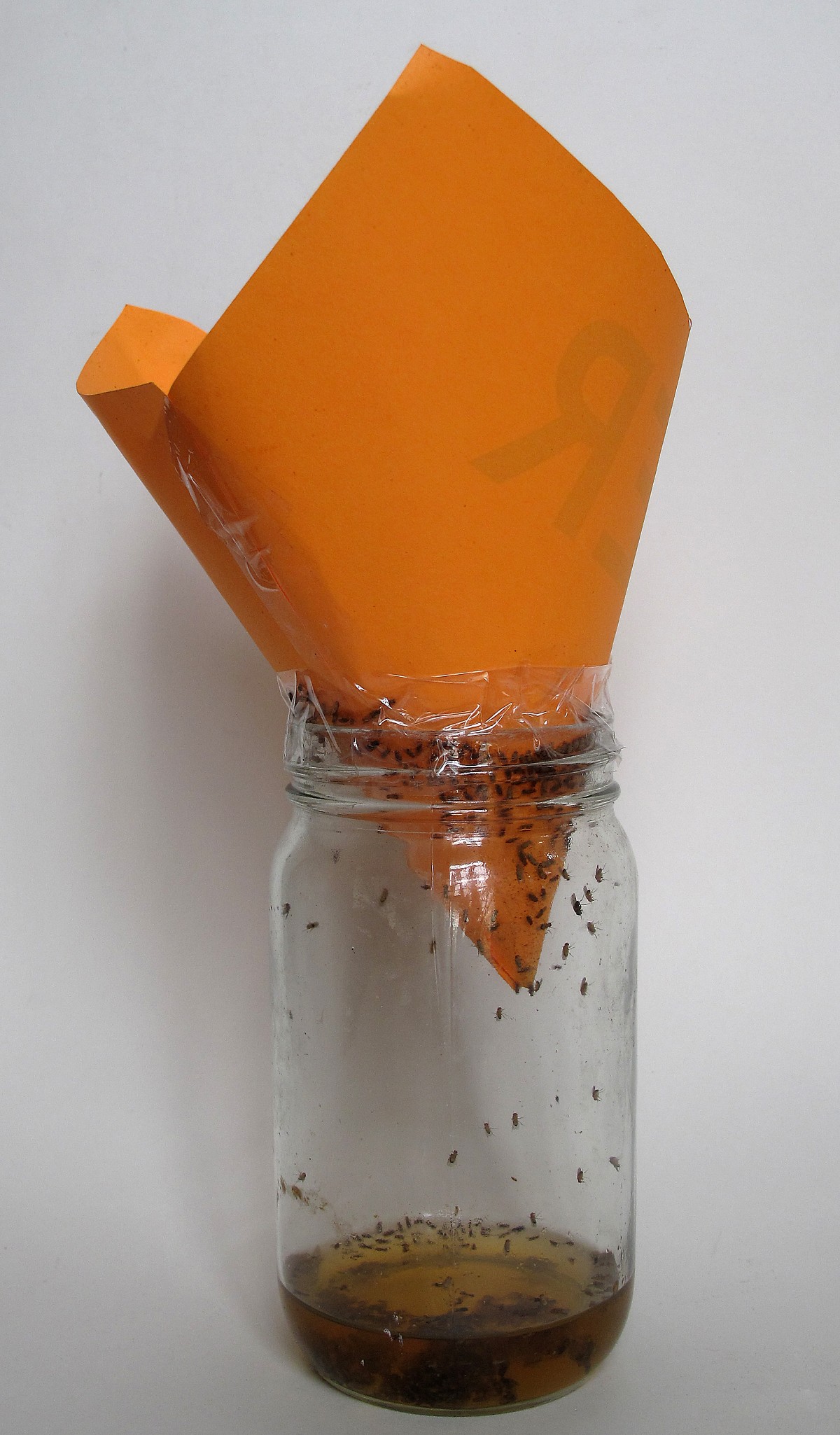How to Get Rid of Fruit Flies in the Kitchen
 Fruit flies are one of the less pleasant parts of summer. By now, a lot of you are probably noticing an influx of the little guys. While common fruit flies, also known as "vinegar flies," are annoying, they don't pose a major threat to humans. There are some invasive types of fruit flies, which damage fruit crops. However, non-invasive species of fruit flies are more of a nuisance to people than anything else, as they do not bite.
Fruit flies are one of the less pleasant parts of summer. By now, a lot of you are probably noticing an influx of the little guys. While common fruit flies, also known as "vinegar flies," are annoying, they don't pose a major threat to humans. There are some invasive types of fruit flies, which damage fruit crops. However, non-invasive species of fruit flies are more of a nuisance to people than anything else, as they do not bite.
What is a fruit fly -- and what is not
First of all, do you really have a fruit fly infestation? Fungus gnats and drain flies are also common at this time of year. Fruit flies are small brown or tan flies with reddish eyes. Adult fruit flies are, on average, about 3 or 4 millimeters long. You can tell the difference between fruit flies and drain flies by looking at their wings. Drain fly wings look like tiny moth wings, while fruit fly wings look similar to housefly wings.
How to attract fruit flies
Despite their moniker, fruit flies like to eat all kinds of festering food bits, not just overripe fruit. Pretty much any food source in your kitchen (or anywhere in your home) will attract fruit flies, including little bits of fruit and vegetable scraps, unrinsed cans in the recycling bin, and dirty mop heads with food particles stuck on them. Fruit flies also like moisture. In fact, moisture and organic material are the conditions that fruit flies need to reproduce. Drains containing a buildup of organic matter and wet areas under sinks are common breeding areas for fruit flies.
How to Get Rid of Fruit Flies
Pesticides won't help much in controlling fruit flies in the kitchen. What you need to do is eliminate food sources and breeding areas. Clean organic matter buildup out of your drains with a stiff brush (an old toothbrush works great). If drains are slow-moving, find a plumber to snake them. Pouring bleach down the drain is not advised, because it won't eliminate the ongoing problem of standing water and organic matter in the P-trap and organic matter coating the inside of the pipe.
Keep Your Kitchen Clean
Kitchen cleanliness is key to reducing the presence of fruit flies. Be extra vigilant about washing dishes and getting all food scraps into the garbage. Make sure that you rinse cans and bottles, especially beer bottles and food cans, thoroughly before putting them in the recycling bin. Avoid allowing liquid to pool up at the bottom of the garbage can. Store all fruits in the refrigerator.
How to Trap Fruit Flies
You can also set fruit fly traps after you've eliminated their food sources. There are a few ways to make a DIY natural fruit fly trap, but they all use the same components: a jar, some bait, and a cover for the jar with a small hole in it. Some folks use a paper cone as the cover; another possibility is a plastic bag or plastic wrap with a small hole poked in it, secured tightly with a rubber band. Good baits are baker's yeast and sugar dissolved in warm water, vinegar, beer, or red wine.
Updated September 12, 2018.
Looking for a Pro? Call us (866) 441-6648

Pest control Average Costs
Exterminators Experiences

Pest Control Got Rid Of Bedbugs From A "Bargain" Headboard

Mouse Control Got Rid Of A Small But Pesky Problem



